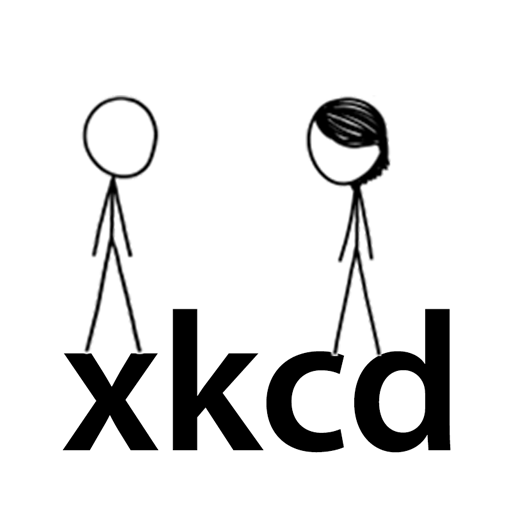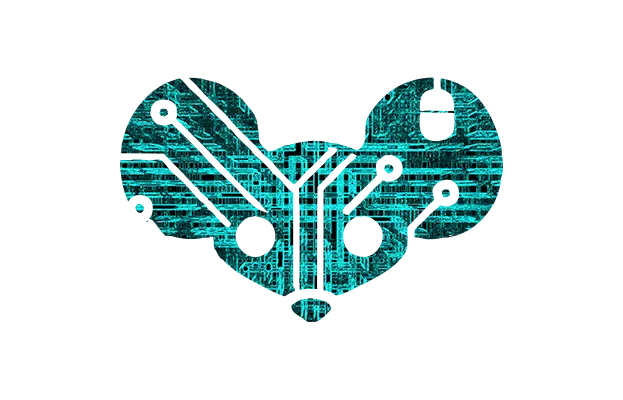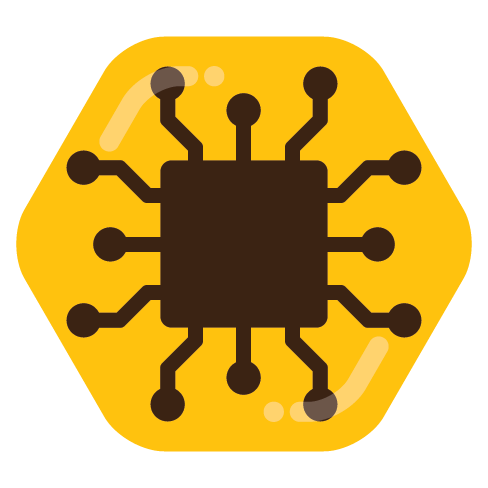

When I tried making the “hello world” apk I was astonished to see how hard it is compared to Linux dev.
I mean, to be fair, if you’re doing the APK, you’re also doing the packaging. If you compare that to building and packaging for all the Linux distros out there, especially considering all the different packaging systems, doing up a single APK is probably a lot easier.






I think that this is “video” as in “moving images”. Photoshop isn’t a fantastic tool for fabricating video (though, given enough time and expense, I suppose that it’d be theoretically possible to do it, frame-by-frame). In the past, the limitations of software have made it much harder to doctor up — not impossible, as Hollywood creates imaginary worlds, but much harder, more expensive, and requiring more expertise — to falsify a video of someone than a single still image of them.
I don’t think that this is the “end of truth”. There was a world before photography and audio recordings. We had ways of dealing with that. Like, we’d have reputable organizations whose role it was to send someone to various events to attest to them, and place their reputation at stake. We can, if need be, return to that.
And it may very well be that we can create new forms of recording that are more-difficult to falsify. A while back, to help deal with widespread printing technology making counterfeiting easier, we rolled out holographic images, for example.
I can imagine an Internet-connected camera — as on a cell phone — that sends a hash of the image to a trusted server and obtains a timestamped, cryptographic signature. That doesn’t stop before-the-fact forgeries, but it does deal with things that are fabricated after-the-fact, stuff like this:
https://en.wikipedia.org/wiki/Tourist_guy